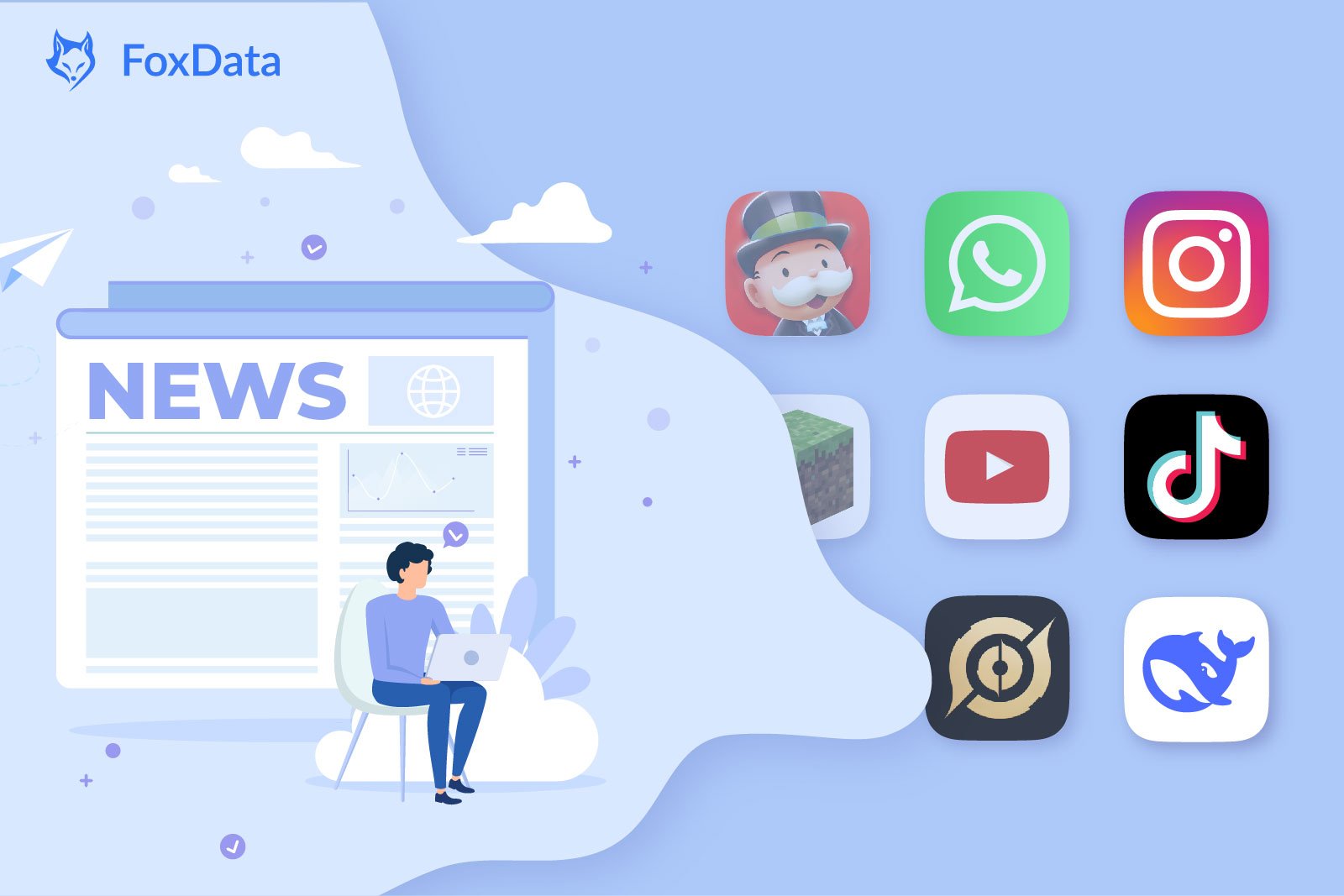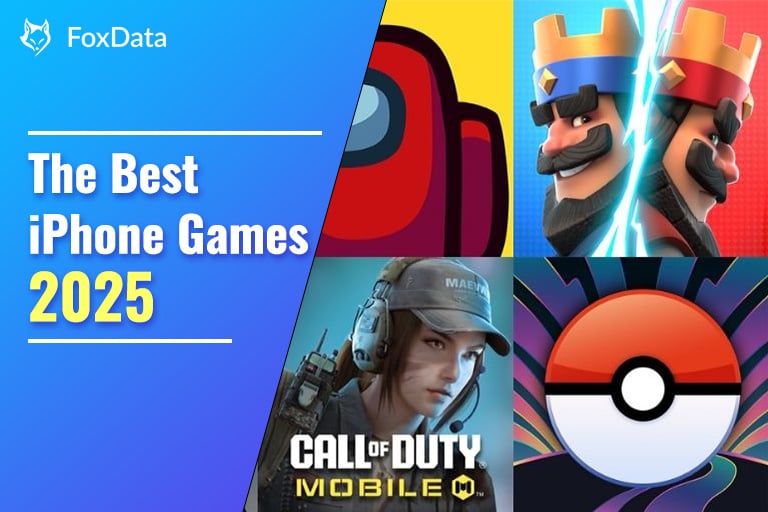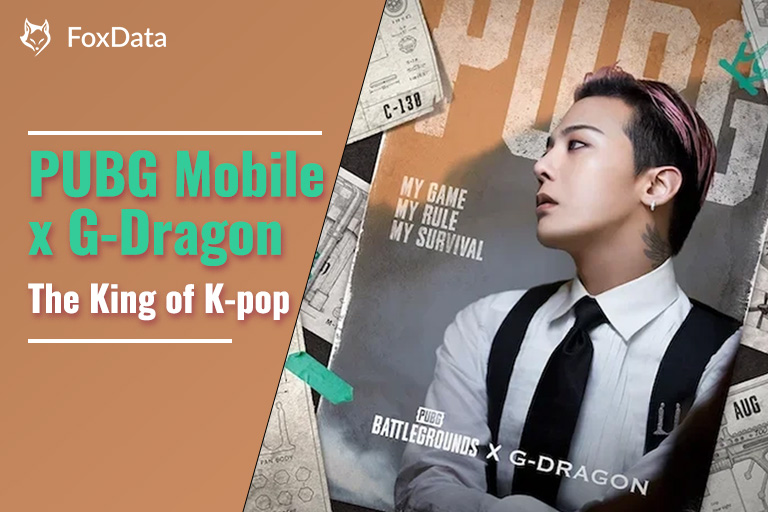Introduction
Over the years, Google has earned a reputation for experimenting with numerous applications and services. Often, these ventures thrive while others steadily fade into obscurity, eventually joining the ranks of the 'Google Graveyard.' One such service seemingly edging toward this fate is Google Play Games. With recent updates pointing toward a consolidation of its features into the Play Store, this article explores the potential implications and future directions for Google's gaming platform.
Historical Context of Google Play Games
Launched in 2013, Google Play Games aimed to complement the burgeoning trend of mobile gaming by offering a centralized hub for Android game achievements and leaderboards. At its inception, the service mirrored Apple’s initiative, Game Center, aligning with a period when mobile gaming began to rival traditional portable gaming consoles.
Google Play Games rapidly gained traction by providing gamers with features to track accomplishments, engage in multiplayer gaming, and compare scores with friends. These features created a social ecosystem around mobile gaming, enhancing user engagement and making gaming a shared experience beyond individual play. However, as technology and user expectations evolved, so too did the demands on such gaming platforms.
Understanding the Recent Developments
Recent observations by the developer AssembleDebug reveal intriguing updates within the broader Google ecosystem. Unlike Google Play Games, which has seen little change in its interface for months, the Play Store shows signs of integrating gaming accomplishments directly. Key among these updates include the addition of gamer profiles and the ability to follow other users.
AssembleDebug, known for meticulously examining Android APKs, discovered these functionalities, suggesting a strategic shift by Google to create a more unified user experience. By migrating features from Google Play Games to the Play Store, Google signals its intention to streamline offerings and reduce app redundancy.
The Impacts of Migration
The transition of features from Google Play Games to the Play Store is significant for several reasons. First, it underscores the importance of centralized platforms that offer diverse functionalities without overwhelming users with separate applications. The Play Store, already a central hub for app purchases and updates, enriches the user experience by integrating gaming features. This move reduces the friction associated with using multiple apps to track different facets of digital consumption.
User Experience and Community Engagement
A seamless transition will likely enhance user experience, as gamers can access their achievements and community interactions directly within the Play Store. This convenience may encourage more user engagement, facilitating a vibrant community of gamers who can now share their activities on a platform already central to their Android experience.
Moreover, the incorporation of social features such as following other users can foster increased interaction and competition. By nurturing a sense of community, Google can potentiate the organic growth of player networks, akin to social media platforms, but focused specifically on gaming interactions.
Challenges in Transition and Consolidation
However, while consolidating services can streamline the user experience, it also presents challenges. One potential issue is the loss of brand identity and specific functionalities unique to Google Play Games. Dedicated users who have relied on the app might perceive the withdrawal as a loss of a specialized experience. Google's challenge will be to ensure that these features transfer seamlessly, maintaining and potentially enhancing their functionality within the Play Store.
Another challenge is maintaining the balance between a streamlined platform and a feature-rich environment. Google will need to carefully assess user needs to prioritize functions that benefit the majority, while potentially discarding lesser-used features that do not significantly contribute to user engagement.
The Broader Implications for Google's Strategy
Google's integration of Play Games features into the Play Store reflects a broader shift in its strategic operations. It highlights a move towards consolidation — refining user pathways and simplifying digital interactions. Such a strategy could not only amplify user satisfaction but also enhance Google’s competitiveness in the mobile gaming market.
Comparison with Peer Platforms
A comparative look at other platforms reveals similar trends. Apple, Google’s closest competitor in mobile markets, has long integrated its Game Center within iOS, allowing users to manage games, achievements, and player interactions uniformly across devices. This model has proven effective, suggesting that Google’s strategy may indeed align with successful precedents.
Conclusion
In a constantly evolving digital economy, where user experience is paramount, Google's decision to migrate Play Games features into the Play Store could be a masterstroke. Not only does it streamline the user journey, but it also creates opportunities for richer, more engaging interactions. As gamers prepare to embrace this new consolidated experience, the responsibilities fall on Google to execute these transitions smoothly, honoring both long-standing users and new adopters alike.
All content, layout and frame code of all FoxData blog sections belong to the original content and technical team, all reproduction and references need to indicate the source and link in the obvious position, otherwise legal responsibility will be pursued.
 Keywords Research
Keywords Research  Reviews Management
Reviews Management  User Activity Monitoring
User Activity Monitoring  User Retention Analytics
User Retention Analytics  Global Market Research Top Charts
Global Market Research Top Charts  Trending Apps Bidding Keyword Analysis Ad Creatives Analysis AI App Marketing
Trending Apps Bidding Keyword Analysis Ad Creatives Analysis AI App Marketing  Keyword Tools Rating & Reviews Tools App Marketing Research Store Insights Est. App Downloads Est. App Revenue App Data Analysis
Keyword Tools Rating & Reviews Tools App Marketing Research Store Insights Est. App Downloads Est. App Revenue App Data Analysis 






